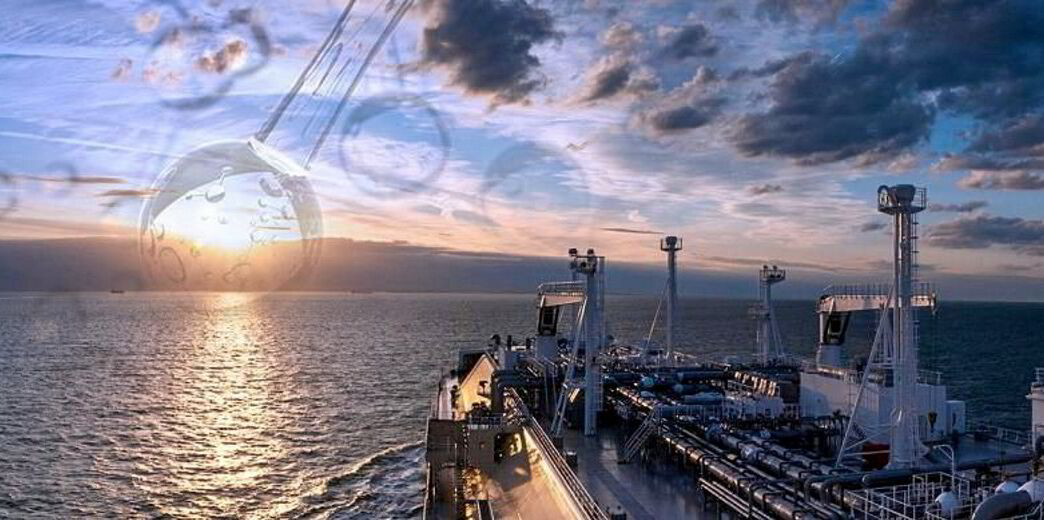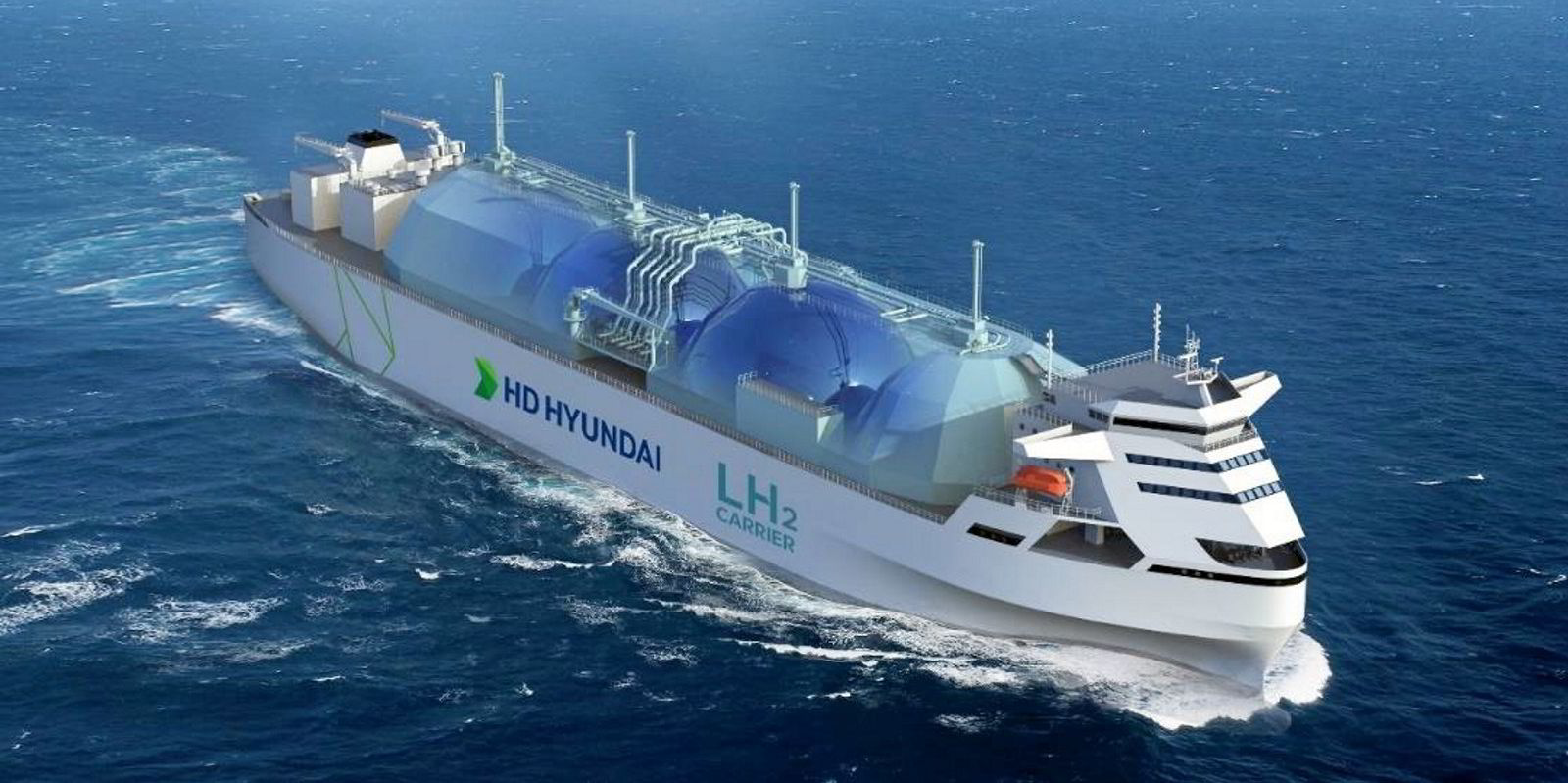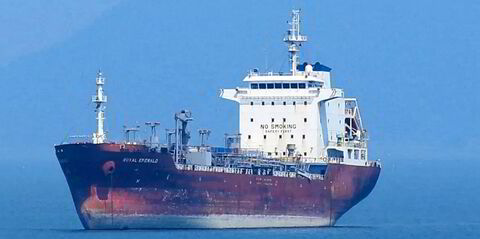Mitsui OSK Lines has paired up with Japanese utility Kansai Electric Power Co to work on the design of a liquefied hydrogen (LH2) carrier.
The Japanese shipowner and Osaka-headquartered power provider signed a memorandum of understanding for the joint study.
This will involve conducting a detailed study and a review of the most suitable vessels and operations in the LH2 supply chain. It will also focus on vessel safety.
They also plan to look at international laws and regulations that relate to the shipping of LH2, which is carried at about -250C.
MOL said this is the “first such agreement in Japan” between a shipping company and a power generator to look at the marine transport of LH2.
The partners appear to be zoning in on the marine transport side intending to build out a full hydrogen supply chain in which molecules produced outside Japan would be shipped into domestic receiving terminals for use in power generation.
Japan was the first to develop an LH2 carrier.
The 1,250-cbm pilot vessel Suiso Frontier (built 2021) was built by Kawasaki Heavy Industries as part of the Hydrogen Energy Supply Chain Project.
The vessel lifted two cargoes from Australia to Japan in the world’s first demonstration of the shipment of LH2 internationally. But it has largely been used for demonstration purposes since.
In 2023, MOL partnered with rival owners NYK and K Line to establish an LH2 supply chain.
Earlier this year, MOL joined Australian energy company Woodside, South Korea’s HD Korea Shipbuilding & Offshore Engineering and South Korean shipowner Hyundai Glovis in their study of shipping liquefied hydrogen. The partners were looking at a vessel of about 80,000 cbm to set up a supply chain in Asia.
TotalEnergies and Shell are also pursuing plans to build full-size LH2 carriers of 150,000 cbm or more.
However, the extremely low temperatures needed to transport LH2, the lightness of the hydrogen molecule and the infrastructure build-out required for shipments present challenges for developers.





